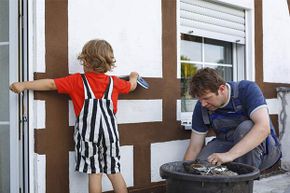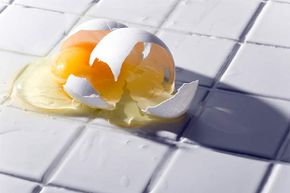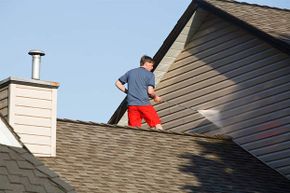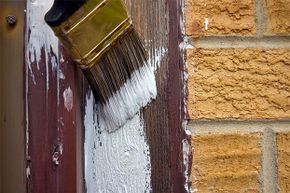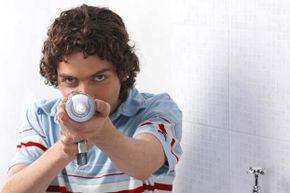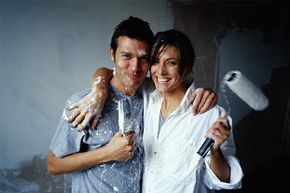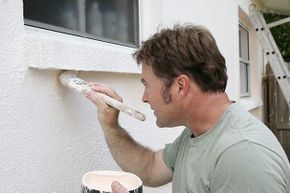A fresh coat of exterior paint can transform even the most run-down "fixer-upper" into a stylish "classic," dramatically boosting curb appeal and adding thousands of dollars to your home's resale value. Even if you're not trying to sell your house, a professional-grade exterior paint job can protect it from the elements — wind, rain, mold and mildew — or at the very least, make your neighbors jealous.
Let's not delude ourselves, though. Painting over the outside of your home can be a huge investment of both time and money. Paying a professional can run into the tens of thousands of dollars. You can do it yourself for a fraction of that cost, but prepare to spend long days on high ladders scraping away at stubborn paint and inhaling primer fumes.
Advertisement
If you're up to the DIY challenge though, we've assembled 10 essential tricks for making your house-painting project go smoothly and look great. With any luck, it will last 25 years, at which point it's the next owner's problem.
Let's start with an unusual painting consideration: the calendar.
